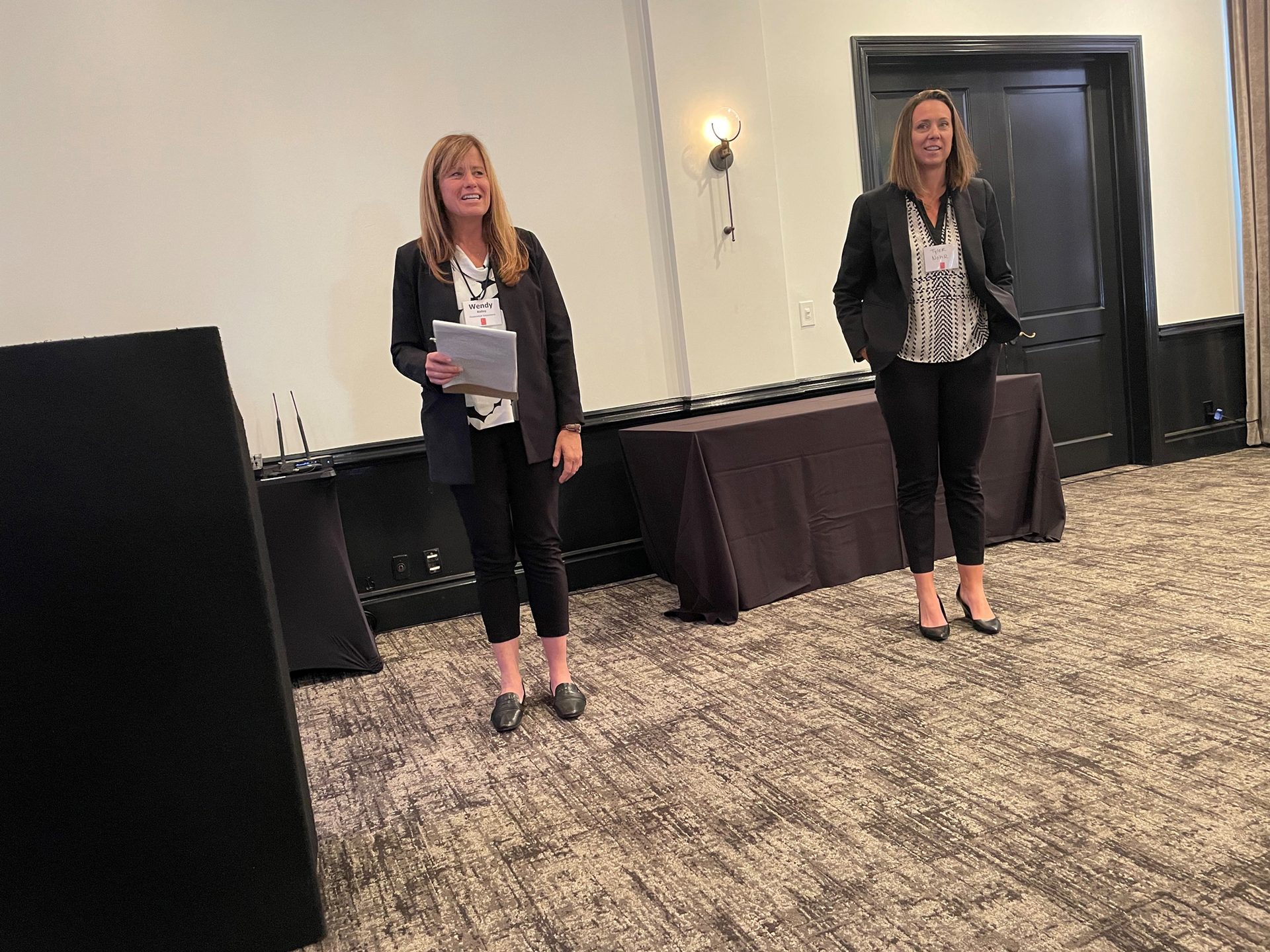The use of a solid driving policy, screening drivers and not allowing marginal drivers to drive are all best practices to prevent accidents, Kelley noted. The use of GPS, cameras, tracking systems and telematics are becoming not only the norm, Kelley continued, but expected if a company has a fleet of vehicles on the road.

